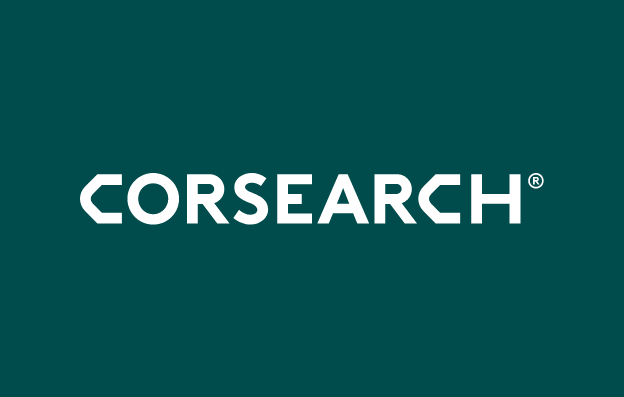Blog
Christmas 2018: Counterfeiting linked to modern slavery
- Brand Protection

Far from being the season of festive cheer, Christmas sees criminal organizations sell large volumes of counterfeit goods to unknowing consumers, with those making the fakes often victims of human trafficking and modern-day slavery.
Total retail spending in the US will increase to $1 trillion during the holiday season, with over $123 billion spent online alone. With US consumers predicted to spend $1,000 on average over this period, counterfeiters are looking at top branded luxury products as profiteering opportunities as their victims remain unaware they are purchasing fakes.
In our post last week, we examined the threats to brands and consumers posed by dangerous fake toys and electronic goods. Counterfeits included dolls that contains carcinogens and exploding phone chargers that caused housefires. This week, we take an in-depth look at the fake luxury industry and the hidden exploitation by criminal groups of those forced to work within it. We then break down how rights holders can meaningfully reduce the level of infringements to protect their customers from harm and, most importantly, shut down criminal organizations profiteering off the suffering of others.
Fake luxury and labour exploitation
As Christmas fast approaches, consumers are looking for online deals to fill stockings, but also to purchase pricier items for their loved ones. With highly sought-after goods such as luxury bags or watches, the risk of receiving a counterfeit gift increases greatly. Bad actors often target the top selling branded products and those that command higher prices throughout the holiday season.
Between November and December, Corsearch’s brand protection platform identified a 26% increase in infringing jewellery of a selection of luxury brands across all monitored online platforms. Likewise, in the same period instances of infringing premium watches also increased by 21%.
Whilst consumers are put at risk by non-certified electronics or loose parts on toys, more worrying still is the invisibility of illicit networks that produce fake goods, allowing organised crime to take advantage of vulnerable members of society. Links between organised crime and the counterfeit trade have been established by 27% of the UK’s trading standards authorities, according to a recent report by the Intellectual Property Office.
Modern slavery is linked to criminal operations in the developing world but has also been discovered within counterfeit workshops in the UK. Those producing fake goods are often found working in dangerous conditions, are underpaid (if paid at all) and are physically threatened by the criminals running the operations. Reports suggest modern-day slavery increased by 35% between 2016 and 2017 and victims of human trafficking were discovered to be earning as little as 70p per hour in UK sweatshops.
And this issue isn’t unique to the UK; in the US, undocumented minors are forced to produce goods for criminal organizations to pay off their debts to human traffickers. International law enforcement agencies, therefore, are focusing their efforts on dismantling entire counterfeit operations and arresting those masterminding them. Brands should also aid in this approach to IP enforcement where they can have even greater impact.
How can brands protect consumers?
The fact that counterfeit goods are being identified and seized by authorities in the run-up to Christmas may serve as comfort to some consumers and brands. However, these efforts only scratch the surface of an industry worth over $500bn. If counterfeiting is truly to be reduced in a meaningful way, brands must take the lead in stopping fakes at their source.
A truly comprehensive brand protection strategy that combines a rights holder’s own investigations with online marketplaces’ anti-infringement tools and law enforcement efforts will ensure that infringements are taken-down, and critically, that exploitation of vulnerable labourers is stopped.
- Warn consumers of the risks of fake products and what to look for
Consumers are unaware of the scale of the counterfeit trade and are often unable to identify a fake in an online product listing. Brands should run awareness campaigns to educate their customers of the dangers of fake goods and the indicators to help them discern what is and what isn’t genuine. - Engage with marketplaces and law enforcement
Brands should establish collaborative relationships with marketplaces, particularly where they know their IP is infringed. Many Western marketplaces such as Amazon and eBay, and Chinese platforms such as Tmall run brand protection schemes that allow rights owners to report infringing products. - Employ intelligence-led brand protection techniques
Law enforcement can only do so much to identify infringement. Brands should harness their intricate knowledge of their products and IP and invest in an online brand protection tool to identify large-scale counterfeiting networks rather than individual sellers or listings. With this strategic approach, they can discover entire illicit networks and dismantle them with sweeping enforcement tools.
At Corsearch we work with our clients to create effective online brand protection strategies, leveraging our industry expertise and insights. Our unique clustering technology uses criminal intelligence techniques to automatically identify commercial-scale infringer networks working across multiple sales channels, providing intelligence to brands and the ability to rapidly enforce at scale. If you believe your IP is being infringed upon or want to see the scale of threats to your brand, you can request a free brand health check today.



